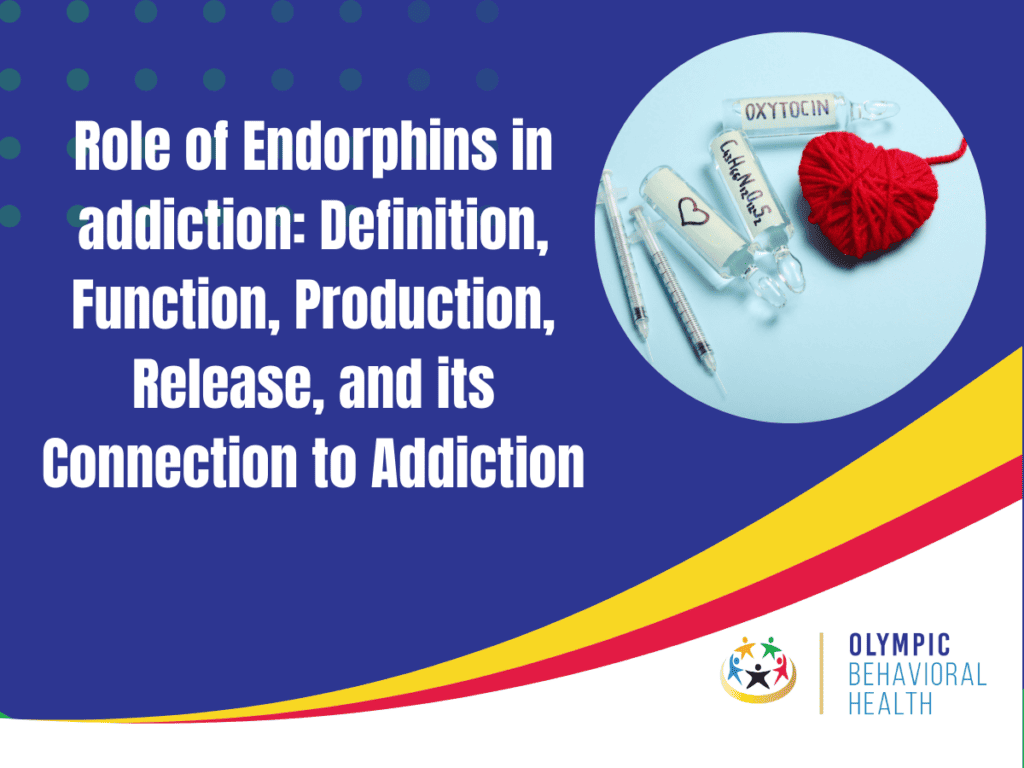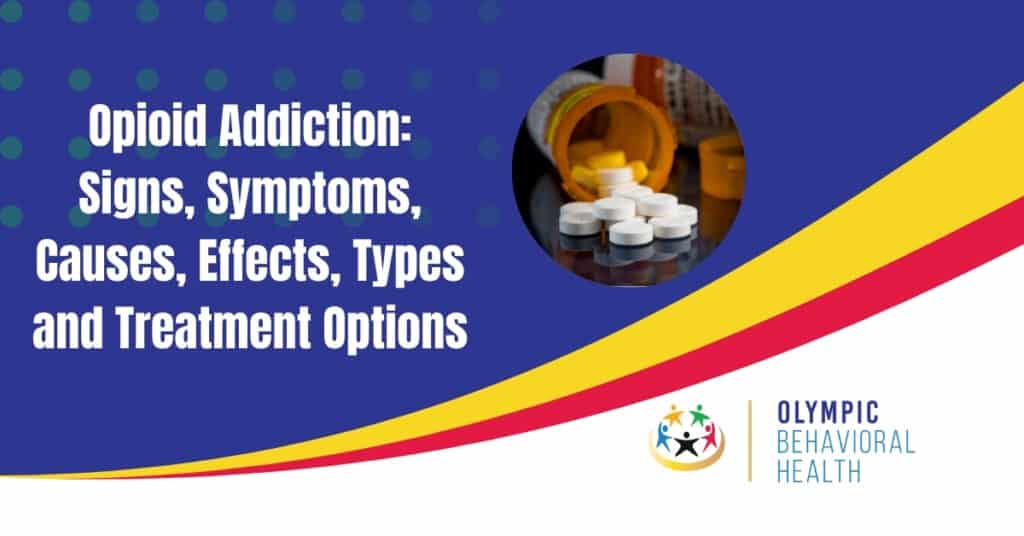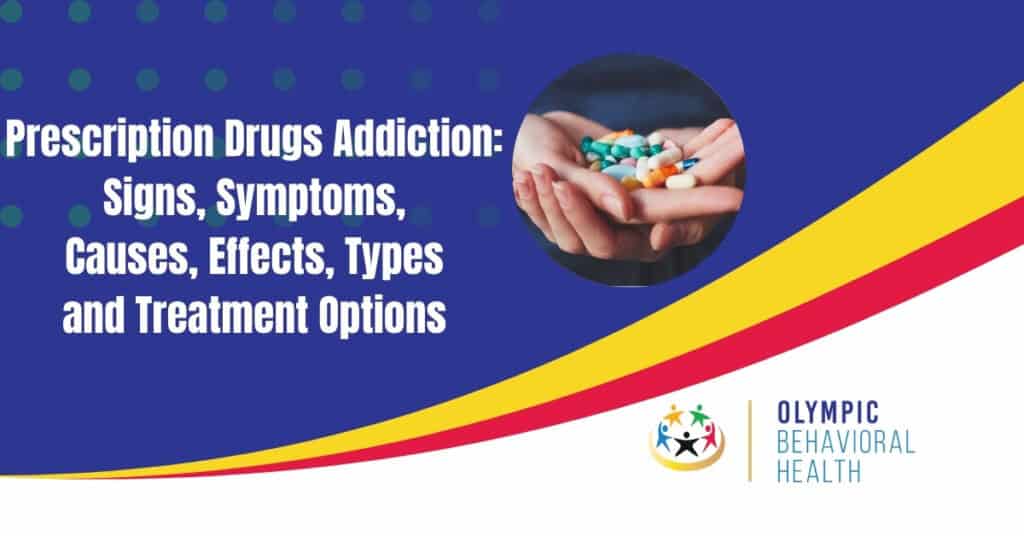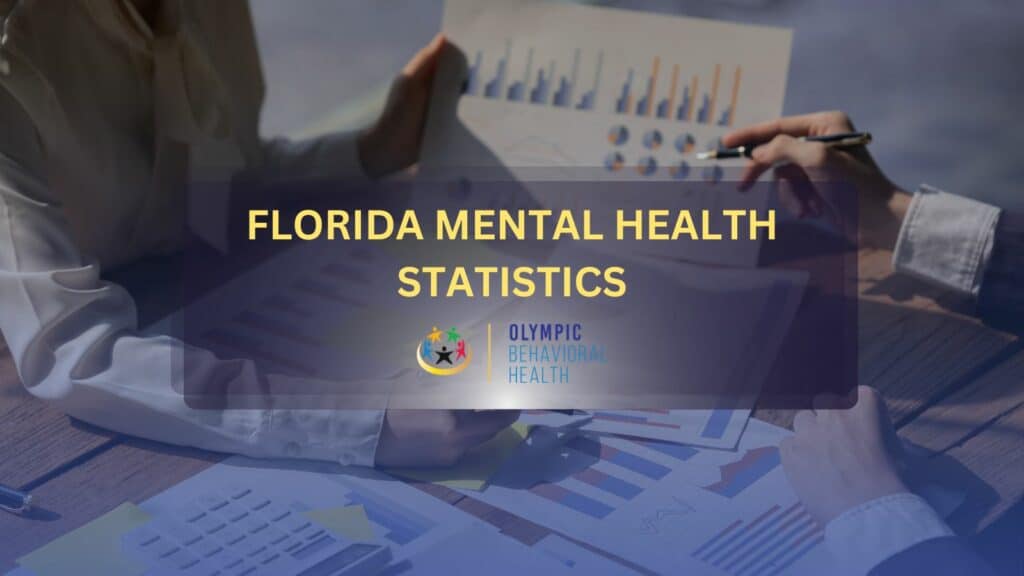Endorphins are neurotransmitters within the brain. The term ‘endorphin’ is a combination of ‘endo’ from ‘endogenous,’ meaning produced within the body, and ‘rphin’ from ‘morphine,’ because of their morphine-like effects. These neurotransmitters are renowned for inducing a euphoric state.
Endorphins are produced in key areas of the brain such as the hypothalamus, pituitary gland, and adrenal glands, endorphins are released in response to stress, pain, or physical exertion.
Endorphins have been associated with the initiation and perpetuation of substance use and the development of addictive behaviors. Engaging in activities that trigger endorphin release, driven by the associated euphoria, can lead individuals to pursue addictive or thrill-seeking behaviors despite potential negative consequences.
Rehabilitation from endorphin-related addictions requires a comprehensive approach. This includes breaking the cycle of dependence on high-risk behaviors, undergoing medically supervised detoxification if substance abuse is involved, and participating in cognitive-behavioral therapy (CBT).
What are Endorphins?
The National Cancer Institute defines endorphins as peptides (small proteins) that act as neurotransmitters in the brain. They are produced naturally in the hypothalamus and pituitary gland within the brain. Endorphins work by actively binding to the opioid receptors in the central nervous system.
They are excellent at relieving pain and stress but are also released during pleasurable activities like sex, exercise, and massage to help provide a sense of well-being. Research conducted by Chaudhry SR, and Gossman W. titled ‘Biochemistry, Endorphin’ released in 2023 showed that due to their nature as peptides (small proteins), endorphins also function as hormones in blood circulation.
There are over 20 different forms of endorphins in the human body. However, beta-endorphins are the most frequently produced and hence the most studied.

What are the Functions of Endorphins?
Endorphins serve as vital neurotransmitters. Their primary function is centered on pain relief and stress management, while concurrently fostering feelings of pleasure and overall well-being. In response to pain signals transmitted to the brain, endorphins are released and promptly bind to opioid receptors in the brain and spinal cord.
This binding effectively obstructs the transmission of pain signals to nerve cells, reducing discomfort. This innate pain-relieving mechanism is essential for survival, providing relief during physical activities like exercise and often culminating in a pleasurable sensation.
Beyond pain modulation, endorphins play a pivotal role in regulating diverse physiological processes. These include mood, appetite, immune function, and the stress response. In the realm of emotions, endorphins enhance mood, generating a sense of euphoria.
Moreover, they actively participate in the brain’s reward system, influencing behaviors linked to motivation, pleasure, and the potential for addiction.
The ability of endorphins to generate euphoria has them linked to addiction as discussed in a study by Pilozzi A, Carro C, and Huang X titled ‘Roles of β-Endorphin in Stress, Behavior, Neuroinflammation, and Brain Energy Metabolism’ in 2020. When it comes to addiction, it was discovered that cocaine increased plasma levels of beta-endorphin.
Alcohol also initially increased the plasma levels, but with constant consumption, the levels reduced. In cases of exercise addiction, high levels of beta-endorphins result in the euphoria experienced after exercise and have been said to initiate addiction in such individuals.
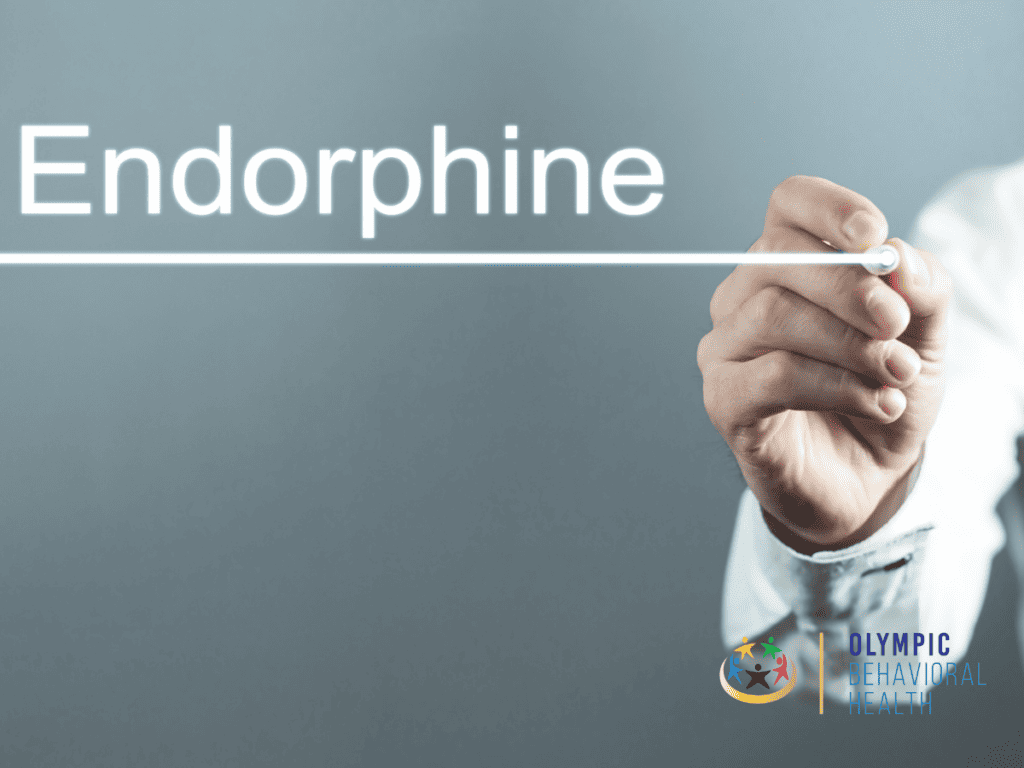
How Are Endorphins Produced?
Endorphins are produced in the body through a complex series of biochemical reactions. Endorphins start life as precursor polypeptides called pro-opiomelanocortin (POMC). These molecules are synthesized in key regions such as the hypothalamus, pituitary gland, and adrenal glands, collectively called the HPA axis.
Outside of the HPA axis, POMC is formed in the nerves with the central and peripheral nervous systems. After they are formed, POMC is then broken down into smaller peptides via several enzymatic steps. Its products include melanocyte-stimulating hormones (MSHs), corticotropin (ACTH), and of course endorphins the bulk of which is β-endorphin (beta-endorphin).
What triggers the release of endorphins?
Various stimuli prompt the release of endorphins, such as stress, pain, physical exertion, and pleasurable activities. In response to stress or pain, the body naturally releases endorphins to alleviate discomfort and aid in the healing process.
Notably, exercise is a potent trigger for endorphin release. Physical activity induces stress on the body, activating pathways that lead to an increase in endorphin levels.
This phenomenon is often colloquially referred to as the ‘runner’s high,’ where heightened endorphin levels contribute to feelings of euphoria and an elevated pain tolerance during and after intense exercise. Some other known triggers are:
- Chocolate and other delicious food
- Sex
- Spicy foods
- Laughing out loud

What is the Role of Endorphins in Addiction?
Endorphins play a pivotal role in the intricate mechanisms of addiction. They influence the development and manifestation of addictive behaviors through several crucial processes:
- Pain Relief and Pleasure: Functioning as the body’s natural painkillers, endorphins produce analgesic effects and sensations of pleasure. This response can contribute to the initial engagement in substances or behaviors that trigger endorphin release, as individuals seek relief or euphoria.
- Reward System Activation: Endorphins stimulate the brain’s reward system, reinforcing the behavior that led to their release, akin to the effects of addictive substances. This reinforcement fosters repeated engagement in the behavior or substance use to attain the same positive feeling, laying the foundation for addiction.
- Tolerance and Dependence: Through repeated stimulation of the reward system by endorphins, either through substance use or behaviors, the brain may adapt, relying on external stimuli for pleasure or relief. This can result in tolerance, requiring more to achieve the same effect and dependence.
- Withdrawal and Relapse: The absence of the substance or behavior triggering endorphin release can lead to withdrawal symptoms, as the body has adjusted to its presence for normal functioning. The discomfort of withdrawal can fuel the addiction cycle, prompting individuals to seek out the substance or behavior to alleviate these symptoms.
- Psychological Association: Activities or substances elevating endorphin levels can form psychological associations with pleasure and relief from pain or stress, strengthening addiction through cognitive and emotional pathways.
- Thrill-Seeking Behaviors: For some, the pursuit of activities inducing a significant endorphin release becomes an addiction itself. These individuals may persistently seek out extreme or risky activities for the endorphin rush, disregarding potential harm.
Understanding the pivotal role of endorphins in addiction underscores the complexity of addictive behaviors and emphasizes the necessity of addressing both biological and psychological aspects in treatment strategies.
Are there treatments for addiction that involve regulating endorphins and dopamine?
Yes, there are treatments for addiction that involve regulating endorphins and dopamine. Medications, therapy, and lifestyle changes can be part of a comprehensive approach to addiction treatment. Medications may be used to help regulate neurotransmitter levels, including dopamine, which plays a role in the brain’s reward system. Behavioral therapies, such as cognitive-behavioral therapy (CBT), can also address thought patterns and behaviors associated with addiction.
Are endorphins only released during positive activities?
No, endorphins are not exclusively released during positive activities. While positive activities such as exercise, laughter, and pleasurable experiences can trigger endorphin release, they are also released in response to stress and pain. The body’s natural response to stress or discomfort includes the release of endorphins to alleviate pain and promote a sense of well-being.
What effects do endorphins have on emotions during detox?
During detox from addictive substances, the body may experience a reduction in the presence of the substance that initially triggered endorphin release.
This can lead to withdrawal symptoms, including changes in emotions. While endorphins themselves can contribute to feelings of pleasure and well-being, the absence of the substance may result in emotional discomfort during detox.
What is the difference between endorphins and opioids?
Endorphins and opioids have a similar purpose of blocking pain signals, but opioids achieve this effect more quickly (around 20 seconds) than endorphins (over a minute). Opioids can move directly into cells without binding to receptors, contributing to their swift action.
This rapid onset of pain relief is a key factor in the high addictive potential of opioids, as it triggers a quick and intense response in the brain’s reward system.
Can endorphin level predict a person’s susceptibility to addiction?
Yes, variations in endorphin levels, as well as its receptor sensitivity, can play a role in predicting susceptibility to addiction. Individuals with naturally lower levels of endorphin may be more inclined to seek out substances or behaviors that elevate their levels, potentially paving the way for addictive patterns.
Can other neurotransmitter also cause Addiction?
Yes, let’s have a look at some:
How is Adrenaline related to Addiction?
Adrenaline, also known as epinephrine, is a hormone and neurotransmitter that is closely related to addiction. It is produced by the adrenal glands and is released in times of stress, fear, or excitement.
Adrenaline causes an increase in heart rate, blood pressure, and glucose levels, preparing the body for a ‘fight or flight’ response. This rush of adrenaline is also associated with the pleasurable feelings experienced during drug use, as it activates the brain’s reward system. Chronic drug use can disrupt the normal production and release of adrenaline, leading to a dependence on the drug to feel pleasure or temporarily relieve stress.
This connection between adrenaline and addiction reinforces the role of neurotransmitters in addictive behaviors and highlights the importance of addressing both physical and psychological aspects of addiction treatment. For more information on the role of Adrenaline in addiction, read our article.
How is Serotonin related to Addiction?
Serotonin is a neurotransmitter that plays a crucial role in regulating mood, behavior and cognitive function. It works closely with other chemicals in the brain, including endorphins, to maintain emotional stability and regulate behavior. In the context of addiction, it has been found to play a significant role in the development of addictive behaviors.
Individuals with low levels of serotonin may be more prone to addictive behaviors, as they may turn to substances or activities for temporary relief or pleasure. Additionally, serotonin has been found to impact the production and release of endorphins, which are responsible for feelings of pleasure and reward. Low levels of serotonin can lead to decreased production and release of endorphins, making individuals more susceptible to seeking out a “quick fix” through addictive behaviors.
On the other hand, high levels of serotonin can decrease the desire for immediate gratification, reducing the risk of addiction. To learn more about the relationship between serotonin and addiction, check out our article.
Get help for your Addiction
Addiction Treatment at Olympic Behavioral Health offers help and support for those struggling with addiction. Taking the first step can be difficult, but it is crucial to call for assistance. Our facility in West Palm Beach provides comprehensive addiction treatment programs to guide individuals towards recovery. If you or your loved one is battling addiction, reach out to Olympic Behavioral Health today.

Share This Post
